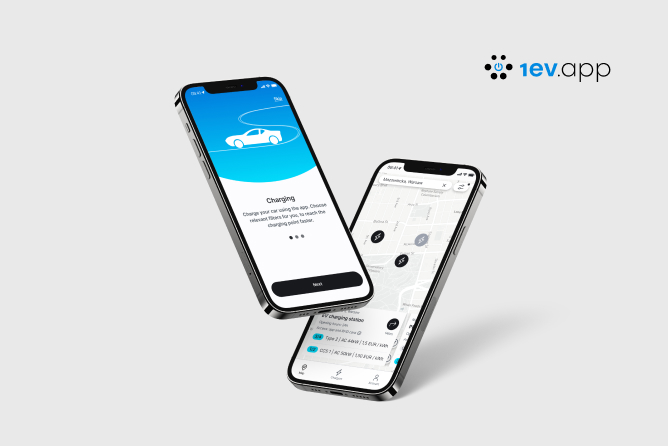A comprehensive guide to React Native
In the world of app development, there has been a growing demand for cross-platform applications that can work seamlessly on both iOS and Android devices. This is where React Native comes into the picture. React Native is a powerful framework that enables developers to build native mobile apps using JavaScript and the popular React.js library.

Understanding React.js technology
Before we delve into React Native, it's important to understand the foundation on which it is built: React.js. React.js, also known as React or ReactJS, is a JavaScript library developed by Facebook. It is primarily used for building user interfaces (UI) and is known for its component-based architecture.
React.js makes use of a virtual DOM (Document Object Model) to efficiently render user interfaces. It allows developers to build reusable UI components that can be composed together, allowing for a modular and efficient development process. React.js follows a unidirectional data flow, making it easier to manage the state of the application and update the UI accordingly.
Introducing React Native
React Native takes the principles of React.js and applies them to mobile app development. It allows developers to write mobile applications in JavaScript while still delivering a native-like performance and user experience.
Using React Native, developers can build cross-platform mobile apps that are indistinguishable from those developed using more traditional native development technologies such as Java or Swift. React Native achieves this by leveraging native components and APIs, rather than relying solely on web views or hybrid app techniques.
How React Native is used
React Native is widely used by developers and companies around the world due to its numerous advantages. Let's take a look at some of the key use cases for React Native:
Cross-platform development:
Perhaps the most significant advantage of React Native is its ability to build apps that work seamlessly on both iOS and Android platforms. With a single codebase, developers can build and maintain applications for multiple platforms, reducing development time and cost.
Native-like user experience:
React Native allows developers to create highly responsive and performant apps by utilizing native components. These components are rendered natively on the device, ensuring smooth animations and gestures, resulting in a native-like user experience.
Code reusability:
One of the core principles of React Native is component-based development. This approach enables developers to create reusable UI components, which can be shared across multiple projects. This not only improves development efficiency but also facilitates a consistent user experience across different parts of an application.
Hot reloading:
React Native allows developers to see their changes instantly by leveraging hot reloading. This means that developers can see the impact of their code changes in real-time, speeding up the development and debugging process.
Vibrant developer community:
React Native has gained immense popularity, resulting in a vibrant and active developer community. This community provides extensive support, a vast range of third-party libraries, and a wealth of learning resources, making it easier for developers to get started and solve any challenges they may encounter.
Conclusion
React Native has revolutionized the way mobile apps are developed, providing a powerful framework that combines the best of both worlds: the productivity of JavaScript with the performance of native apps. Its ability to build cross-platform apps, deliver a native-like user experience, and promote code reusability make it a popular choice among developers.







.png)




.jpg)
.jpg)


.jpg)
.jpg)



.jpg)
.jpg)
.jpg)
.jpg)
.jpg)
.jpg)

.jpg)
.jpg)
.jpg)
.jpg)
.jpg)
.jpg)
.jpg)
.jpg)
.jpg)
.jpg)






.jpg)
.jpg)
.jpg)

.jpg)

.jpg)


.jpg)
.jpg)

.jpg)
.jpg)

.jpg)

.jpg)
.jpg)
.jpg)

.jpg)
.webp)

.webp)


.jpg)









.webp)


.webp)






















